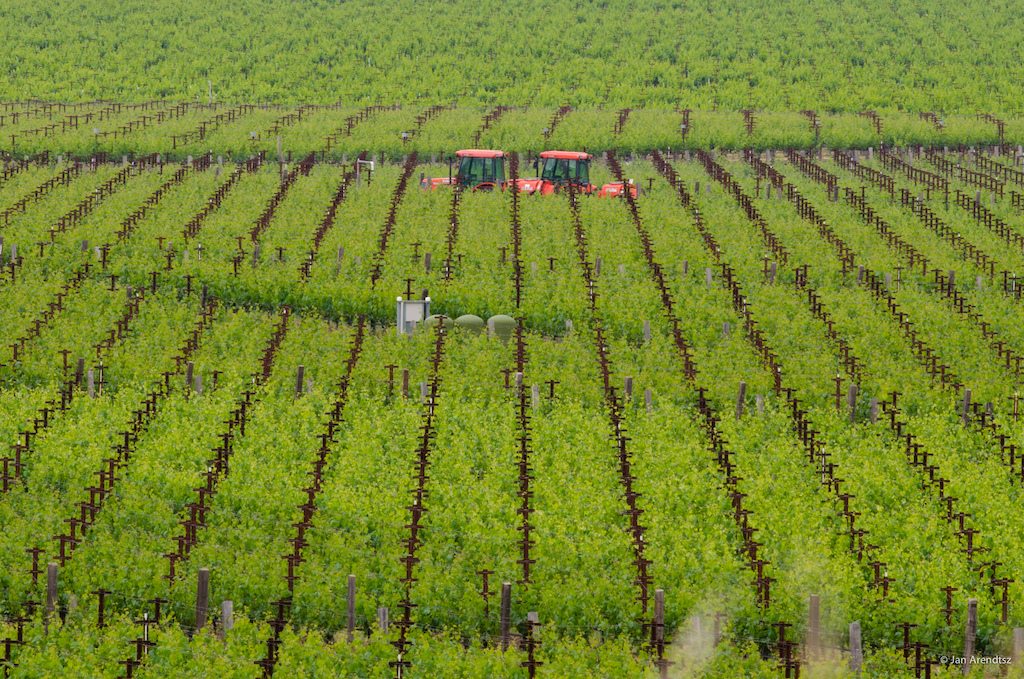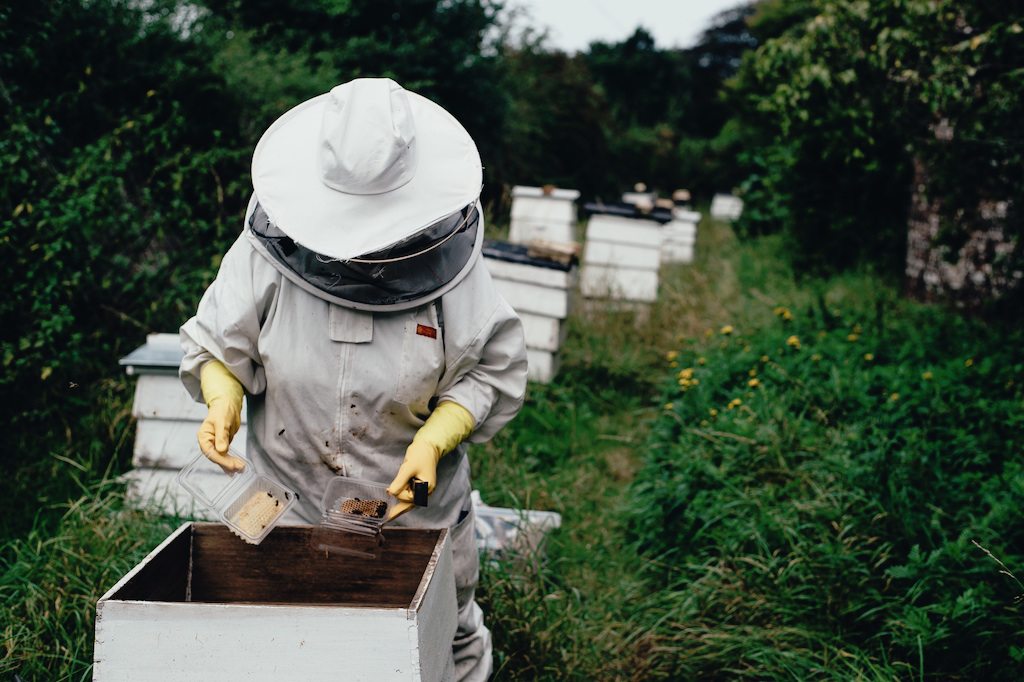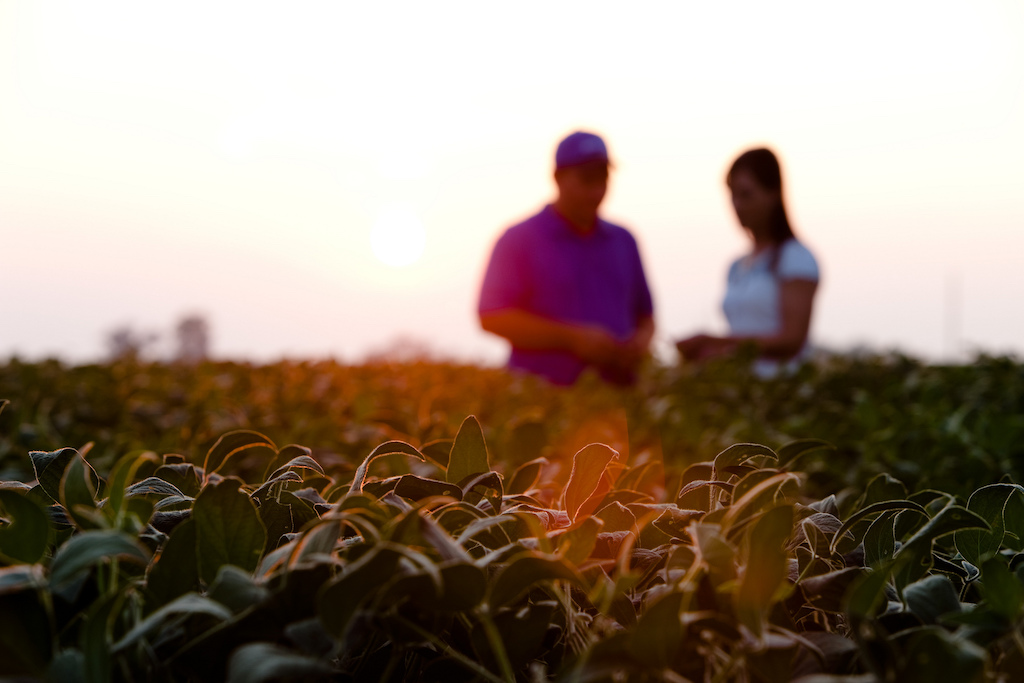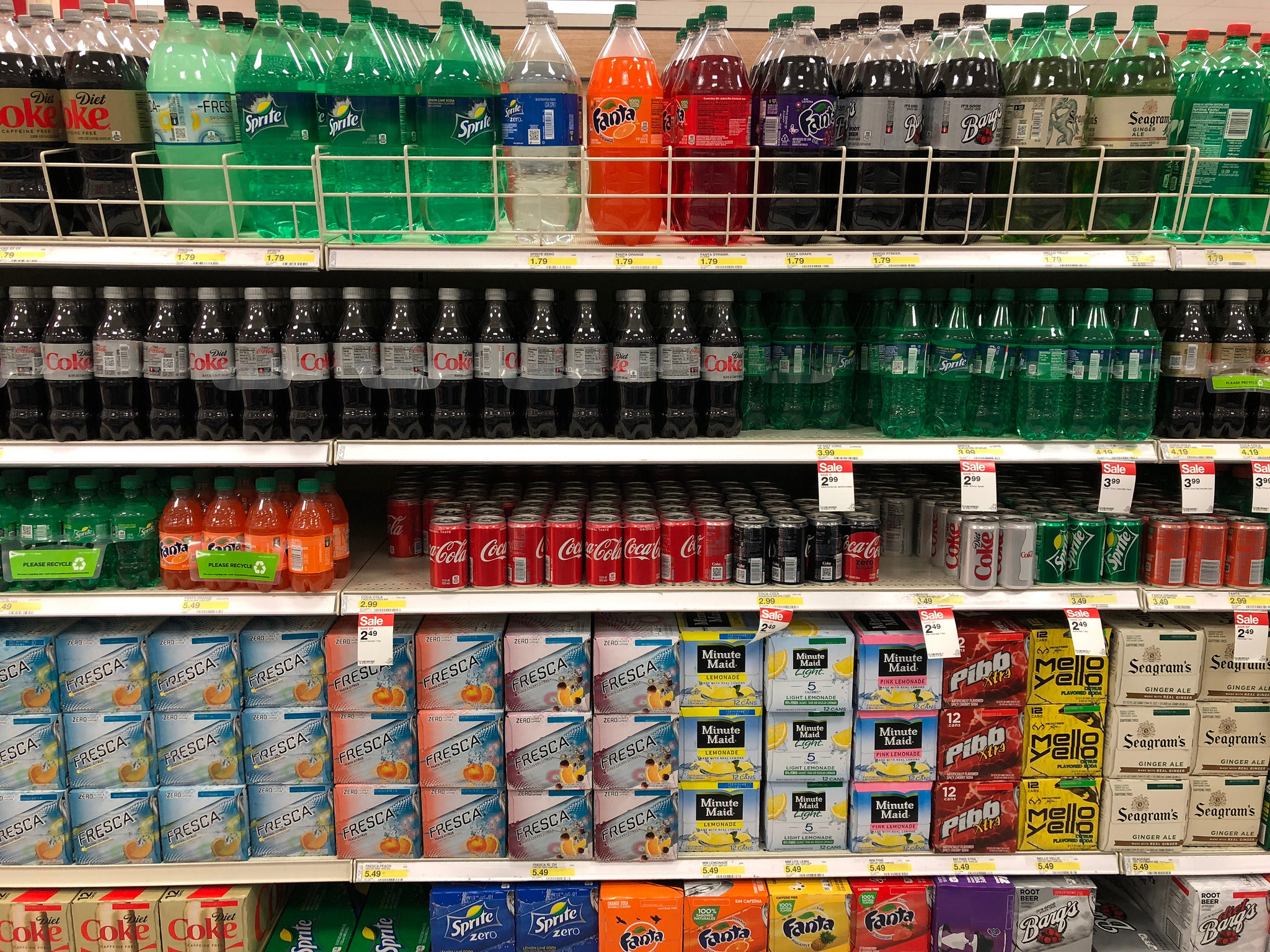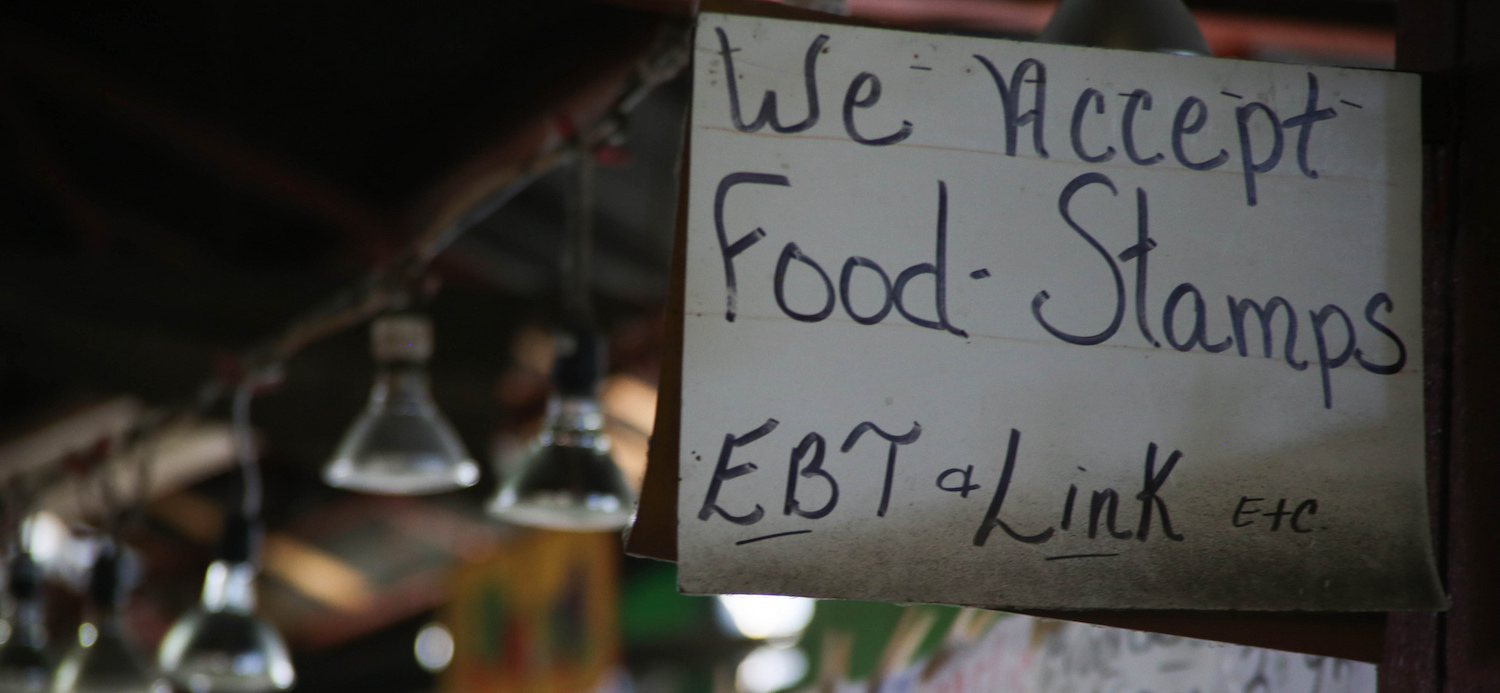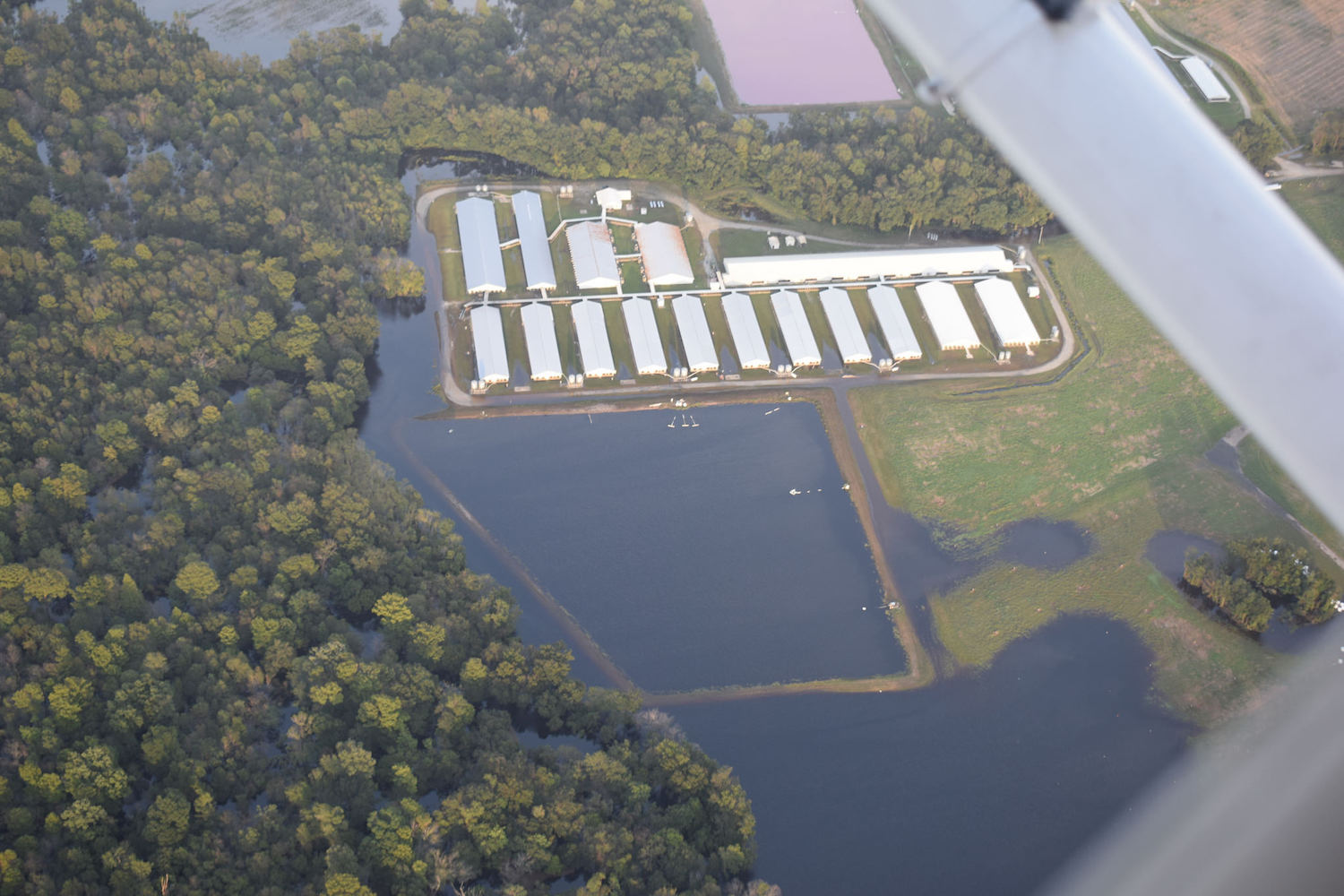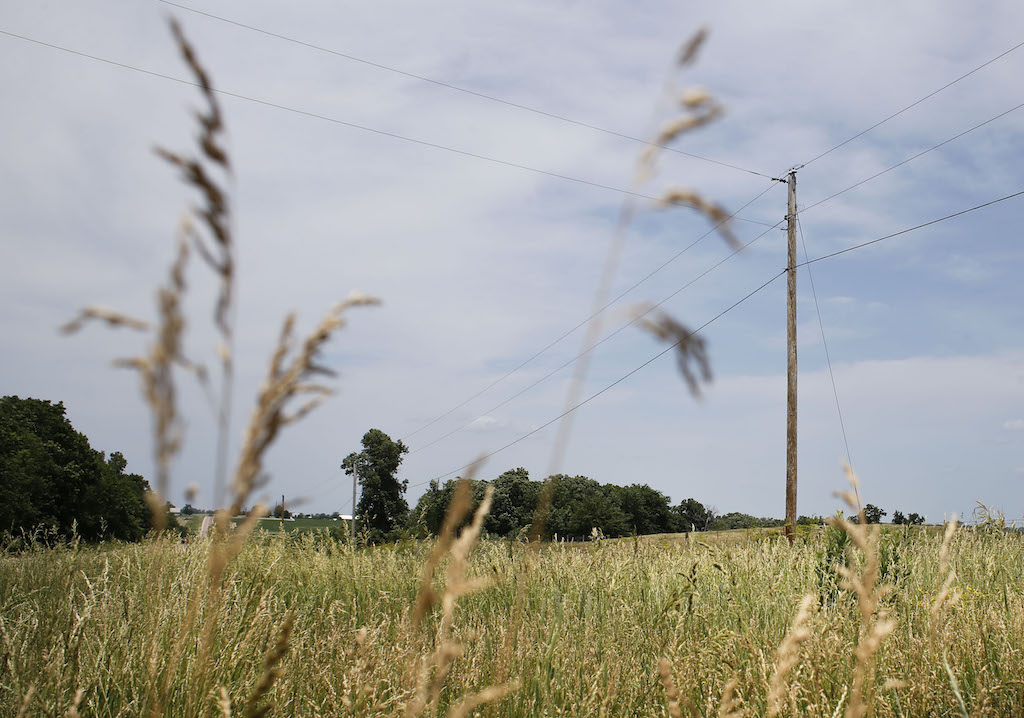
Rebecca F. Miller
Like everyone else, rural Americans need broadband. They rely on their internet connections for many of the same reasons urban Americans do: to find doctors and look for jobs, pay bills and do homework, get the news and watch movies. But outside of cities, where great distances separate residents from social services, employers, and neighbors, reliable broadband not only keeps rural Americans apace with the modern world—it’s a critical economic lifeline.
The United States government recognizes that the need is dire. The Federal Communications Commission (FCC), the federal agency primarily charged with expanding internet coverage, has committed over $9 billion to getting rural America online. In February, it released a national broadband map, purporting to show which parts of the country had access to fixed, or non-mobile, high-speed internet. The goal of the map is to inform policies and target subsidies as the government extends broadband to over 11.5 million American who still lack access.
A closer look, however, suggests that the map is based on misleading data. A New Food Economy analysis of internet speed tests in some rural counties shows connections well below what FCC is claiming, which means the number of Americans without broadband could actually be much higher than reported.
According to FCC, Iowa is the only Midwestern state with virtually complete access to high-speed internet. Every county is covered by download speeds of 25 megabits per second (Mpbs), which the agency defines as “baseline” broadband. But another set of data tells a different story: Internet users in Iowa experience that speed only 22 percent of the time. That’s according to nearly half a million speed tests run on a diagnostic tool operated by the Open Technology Institute, a research arm of the New America Foundation, a non-partisan think tank. Data from these tests, which were run last year, mostly as Google searches, are publicly available on the institute’s website and were updated at the request of The New Food Economy.
Connections are worse outside the cities. Take, for example, a cluster of predominantly rural counties located in southern Iowa, between Des Moines and the Missouri border. According to the FCC map, 100 percent of residents in Appanoose, Davis, Lucas, Marion, Monroe, Wapello, and Wayne counties have access to a download speed of 25 Mbps, the speed at which three people can simultaneously stream HD video. But tests run in these counties show that can only happen 17 percent of the time.
“The best you’re gonna get is 4 megs,” the representative told her. That was the broadband standard in 2011.
Selvy is not alone. Corn farmers in Appanoose and Monroe counties are among the state’s least productive. Some say that’s due, in part, to slow connections. “We’ve had some of our members that want to take advantage of precision planting and spraying, but they just don’t have access to high-speed internet to be able to do it,” says Bryon Stilley, CEO of Chariton Valley Electric Cooperative, a member-owned utility that serves the counties. Because DSL connections in this part of Iowa are slow and satellite service is unreliable, many of the cooperative’s members rely on cell phone hotspots to get online.
 Rebecca F. Miller
Rebecca F. Miller Bryon Stilley, an Iowa resident, is CEO of Chariton Valley Electric Cooperative, a member-owned utility that serves parts of seven rural counties
Why do speed tests conflict so dramatically with what’s on FCC’s map? Because the broadband map, which the Commission calls a “key source” of information for consumers and policymakers, doesn’t include on-the-ground measurements in the first place. The map is based on data taken from Form 477, a filing that internet providers submit to FCC twice annually. The data are the agency’s main source of information on broadband availability, and the backbone of its funding decisions.
Form 477 data have surprising limitations. Providers are not required to include information in the filing about actual on-the-ground internet speeds, which are confidential and considered a trade secret. Instead, when providers submit data, they include lists of census blocks where they “can or do” offer service to at least one location, along with the maximum speeds they advertise there, whether that’s what residents have or not. Nationwide, around 28 people live in a census block, on average. In Iowa, a rural state, the density is closer to 15.
Policymakers have openly acknowledged that the broadband map, the first major refresh of publicly accessible internet data in several years, is incorrect. When the map was unveiled in February, Commissioner Jessica Rosenworcel, who lives in Washington, D.C., admitted it had “errors,” and asked the public to email FCC directly with corrections. “I looked up my house and can tell you with good authority it lists service that is not available at my location,” she wrote. “You can go ahead and plug in your address and you might find the same thing.”
And faulty data can have real-life consequences. When census blocks are reported to have access to 10 Mbps downloads, which was the broadband standard in 2014, other internet service providers are disqualified from receiving FCC funds to expand service there. In other words, the government decides the area is connected enough not to require additional funds for expansion.
But self-reported estimates don’t match the speeds independently measured by the Open Technology Institute in Iowa, and the circumstances there are likely to be illustrative of a larger problem. Interviews with broadband advocates, public comments submitted to FCC, and statements by policymakers all indicate that in other states, rural residents may be in similar situations: reliant on subpar DSL and satellite connections, and ineligible for federal support.
 Rebecca F. Miller
Rebecca F. Miller Power lines, operated by Chariton Valley Electric Cooperative, flank a farm in rural Iconium, Iowa
Across the country, politicians with rural constituents are moving to address the problem. Last year, Republican Senator Roger Wicker of Mississippi, Democratic Senator Joe Manchin of West Virginia, and Democratic Congressman Dave Loebsack of Iowa all introduced bills to improve the accuracy of mobile broadband data—also from Form 477—in advance of an FCC funding opportunity for phone companies. Loebsack’s bill was signed into law in March as part of the omnibus spending bill.
“I like to call it, ‘garbage in, garbage out,’” Loebsack told telecommunications executives at a House hearing in January. “If we don’t have accurate data, whether that’s in agriculture, or that being a subset of something larger, then we’re not going to be able to make good public policy decisions, or even investment decisions on the part of the private sector.”
More recently, Loebsack, who represents southern Iowa, introduced another bill, co-authored by Republican Congressman Bob Latta of Ohio, that directs FCC to identify broadband coverage gaps on farms, and target funding to help farmers use data-heavy precision agriculture tools. (The bill passed a House subcommittee last Thursday.) But for the residents in his district, and particularly those who had hoped to benefit from an upcoming, billion-dollar broadband subsidy auction, the bill comes too late.
Bryon Stilley from the Chariton Valley Electric Cooperative is one of those residents. In 2016, he began planning a fiber broadband network for the 6,100 members of the co-op. Then, as now, rural members were buying internet from one of four companies: Windstream, the local phone company, which offered DSL; Rise Broadband, a “fixed wireless” provider that transmitted a wireline connection from towers; and two satellite companies named HughesNet and ViaSat. Disappointed by the options, many instead relied on service from their cell phones.
 Rebecca F. Miller
Rebecca F. Miller A cell tower outfitted with internet antennas (right) stands beyond a farm in rural Iconium, Iowa
Generally speaking, there’s not a business case for bringing high-speed internet to rural America. It’s labor-intensive, expensive and inefficient. “We’re talking four-point-two, four-point-three members per mile of line,” Stilley says of his area. “At the end of the day, it’s hard to justify, and hard to make something like that work.”
To build a $29.3 million, 1,400-mile fiber optic cable network, the cooperative would need help. Stilley decided to pursue subsidies from FCC and its primary vehicle for funding rural broadband, known as the Connect America Fund. In the past, all of these funds went to large telephone companies, such as AT&T and Verizon, and in Iowa, to CenturyLink, Frontier and Windstream. Next month, the Commission will begin offering funds to small providers, including electric cooperatives.
That move comes too late for Stilley, whose plans to take advantage of Connect America Fund monies were dashed in December, when FCC updated a map of eligible areas and showed a major broadband expansion in his area. According to Form 477 data, Windstream and Rise Broadband had blanketed Chariton Valley’s service area in minimum broadband, leaving only nine census blocks uncovered and thus eligible for funding. Across the state, Rise had doubled its coverage. Possible funds for the cooperative shrank from $8 million to $56,000, Stilley says.
But speed tests don’t show an increase in high-speed internet. Last year, internet users in the seven counties in Chariton’s service area were just as likely to reach the minimum broadband speed of 10 Mbps as they were three years ago: around 44 percent of the time, according to the Open Technology Institute. Windstream users reached minimum broadband in only 34 percent of tests. Surprisingly, of thousands of tests conducted in those counties in 2016 and 2017, not a single user was on Rise Broadband, calling into question the efficacy of its advertising.
Dependence on DSL is common in rural America, according to Brian Whitacre, an agricultural economics professor at Oklahoma State University and a professional bodybuilder. In cities, consumers often have their choice of wireline providers, which can include a local phone company offering DSL, but also cable and fiber companies. Not so in rural areas, where that phone company may be the only provider, and where internet connections degrade with distance.
Other rural technologies are unreliable. Fixed wireless, which is touted as “bridging the digital divide” in areas without wireline connections, requires a line-of-sight connection that can be interrupted by rain or trees. Satellite connections are also compromised by weather. One FCC study finds that satellite users rarely achieve advertised speeds. When FCC says 24 million Americans lack access to broadband internet, that includes internet users on these two kinds of connections.
Last year, FCC opened a proceeding to consider changing the Form 477 and seek granular deployment data, such as the locations of homes and businesses served, rather than census blocks reached. In seeking public comment, the agency wrote that filings do not have “meaningful information” about how data were collected or coverage areas determined. Nor had the agency investigated “whether actual consumer experience has diverged substantially from the Form 477 fillings.”
But FCC may never know the answer, because publicly subsidized providers don’t divulge their data collection process or explain how services are advertised in a specific market in their filings. They often claim that disclosing better, more specific deployment information would compromise customer privacy, and their ability to compete with other providers. (The Open Technology Institute supports collecting and disclosing more deployment data.)
Jonathan Chambers, a former FCC attorney and broadband consultant for rural electric cooperatives, including Chariton, believes that without an opportunity for his clients to challenge FCC’s data, the subsidy process will remain fundamentally flawed.
 Rebecca F. Miller
Rebecca F. Miller Telephone poles, north of Albia, Iowa, carry phone lines that can be used for DSL connections
“If you’re gonna base the service—these public funding decisions—on data, you either have to account for the errors in the data, or you have to give people a chance to challenge the data,” Chambers says. “Because the funding decision means that these areas of the country now won’t get funded. And if they don’t get service, then they get the worst of both worlds. They don’t have service and they won’t have funding.”
Bryon Stilley says he is back to the drawing board. Now ineligible for Connect America Funds, Chariton Valley has applied for a grant from the Rural Utilities Services to build a smaller network in Appanoose, one of the seven counties in the cooperative’s coverage area. Absent the competition of another provider, it could be years before members in the other counties experience broadband internet.
Bidding for $1.98 billion in subsidies available through FCC’s Connect America Fund II auction, which has 277 applicants, including 25 rural electric cooperatives, begins July 24.



